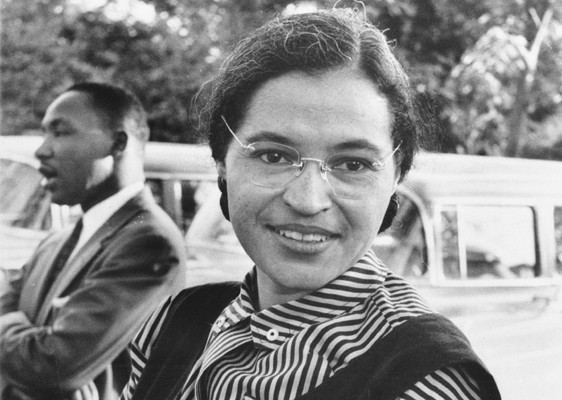On 1st December 1955 a chain of events occurred in Montgomery, Alabama which had a lasting effect on racial segregation in USA. At that time segregating black and white people was common place in certain areas of America, particularly in the southern states but it was all about to change because of the action of Mrs Rosa Parks.
She was returning home from her job as a seamstress and was sat in the seats just behind the rows at the front of the bus that were reserved exclusively for white passengers. The “white” seats were full when a white person got on the bus. The driver asked the four black people sitting in the row behind these seats to get up and allow the white man to sit down. Three people reluctantly got up but Mrs Parks calmly refused to do so. She was a member of the local NAACP and possessed a strong sense of justice and decided to make a stand. She knew that she would be arrested and this duly occurred when the driver called the police.
A few days later Rosa Parks was convicted of violating racial segregation laws but she did not pay her fine and appealed against her conviction. She was, in effect, challenging the legality of racial segregation itself. A boycott of buses in Montgomery was organised in support of Mrs Parks leading to severe economic consequences for the bus company where 75% of the users were black. The local activists were led by a young Baptist minister by the name of Martin Luther King Jnr and the boycott lasted a total of 381 days.
Just over a year after her arrest the US Supreme Court ruled segregation of the races unconstitutional.
Later Mrs Parks would recall:
“When I made that decision I knew I had the strength of my ancestors with me”.
Hear an interview with Mrs Parks and see copies of the original documents relating to her arrest.
You might also be interested in finding out more about the so-called “Jim Crow” laws.

